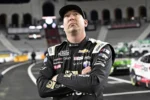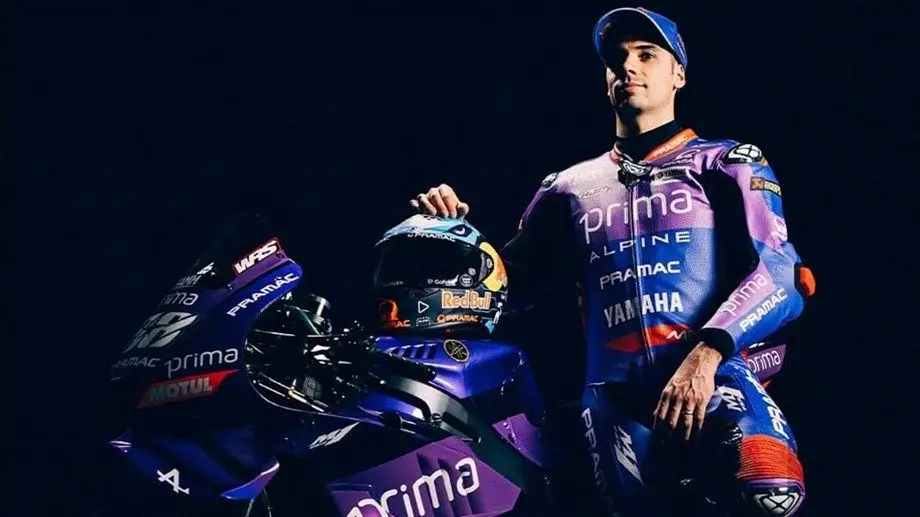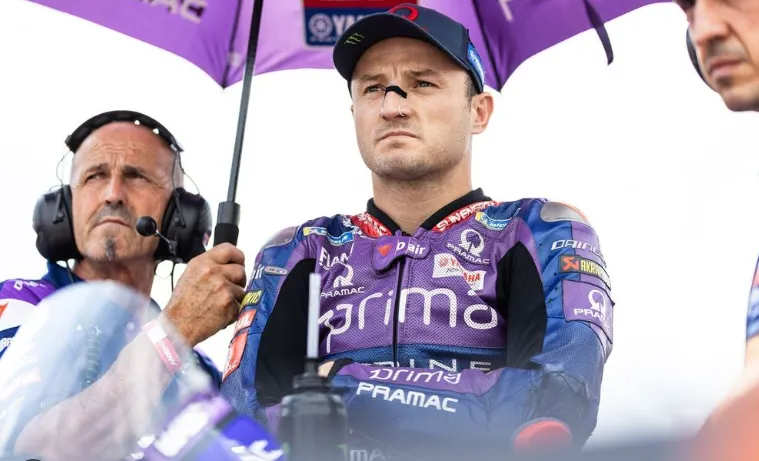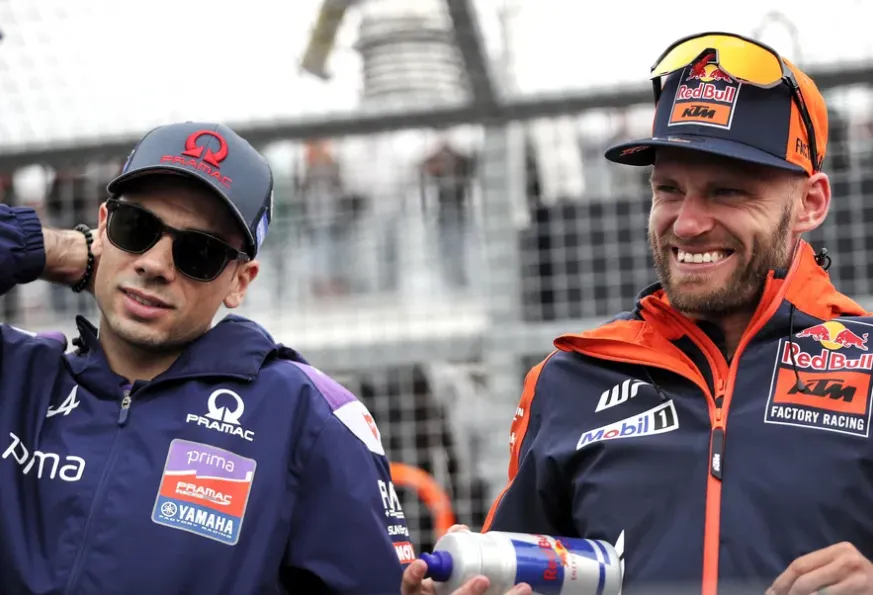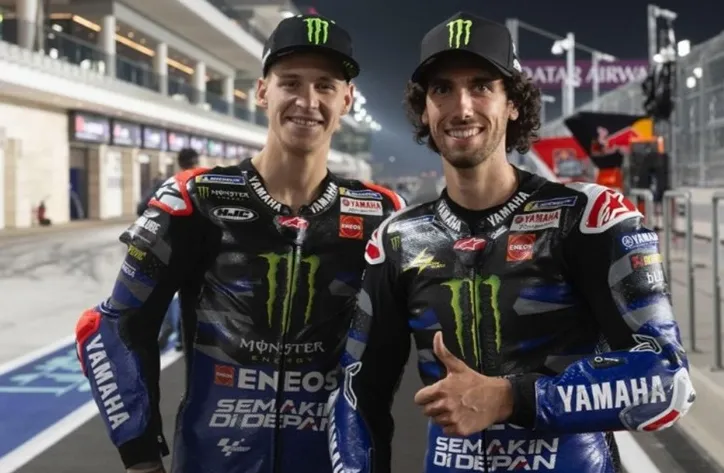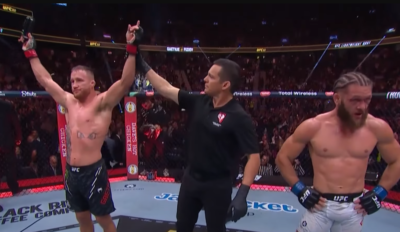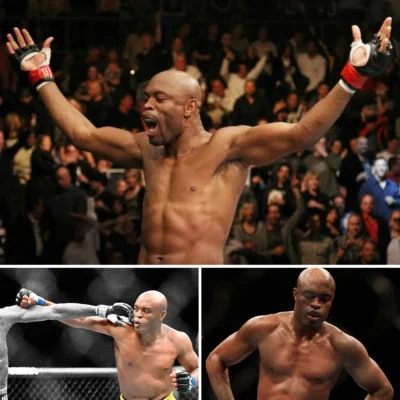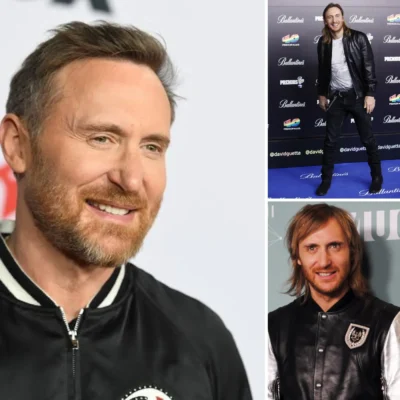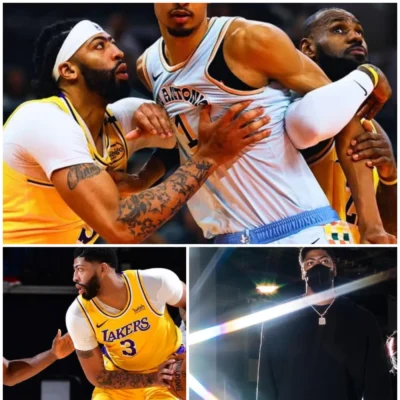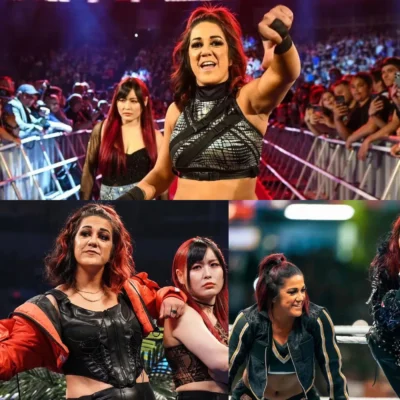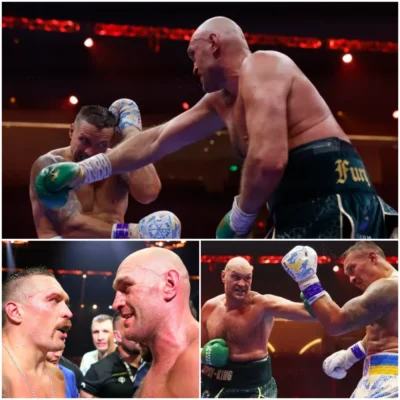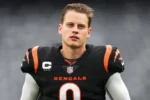

Oliveira and Yamaha: Is the Decision to Switch to YZR-M1 a Mistake with Continuous Injuries Haunting?
When Miguel Oliveira announced a bold move to align with Yamaha and potentially ride the YZR-M1, many saw it as a strategic step toward reviving his MotoGP career. Known for his technical finesse and adaptability, Oliveira appeared to be an ideal candidate to help turn around Yamaha’s recent performance slump. However, as injuries continue to plague him and the M1 struggles to match the pace of rivals, a harsh question emerges—was the switch to Yamaha and the YZR-M1 a costly mistake?
The Promise of a Yamaha Partnership: A New Chapter
When whispers of a Yamaha deal for Oliveira emerged in late 2024, it stirred optimism. The Portuguese rider was expected to transition from Trackhouse Racing and Aprilia machinery to potentially help develop the underperforming YZR-M1. For Oliveira, it represented:
-
A chance to work directly with a factory Japanese brand known for historical excellence.
-
The opportunity to shape a bike around his smooth, calculated riding style—similar to how Jorge Lorenzo once dominated on the M1.
-
A fresh start after enduring a turbulent two years of crashes, injuries, and mechanical limitations with satellite teams.
Yet, what appeared to be a revival project on paper has now turned into a medical and technical minefield.
YZR-M1: Once a Champion’s Weapon, Now a Struggling Machine
The YZR-M1, once the crown jewel of MotoGP, has suffered a dramatic fall from grace. Since 2021, Yamaha has been playing catch-up with Ducati, KTM, and Aprilia in terms of engine power, aerodynamics, and rear grip.
-
Riders like Fabio Quartararo have publicly criticized Yamaha’s lack of innovation, stating the bike is “too smooth” and lacks aggressive edge.
-
The M1’s lack of straight-line speed and rear tire grip has consistently placed its riders at a disadvantage—especially during sprint races and late-race battles.
By committing to this project, Miguel Oliveira may have willingly walked into a storm, hoping to be the catalyst for Yamaha’s rebirth. But with a fragile body and an unpredictable machine, the odds are increasingly stacked against him.
Injury Curse: Is Yamaha the Right Place for a Fragile Comeback?
Oliveira’s career in recent years has been tragically defined by injury. The toll of MotoGP crashes, particularly from 2023 onwards, has left him with:
-
A recurring shoulder issue that restricts his braking stability and turning.
-
Leg injuries that limit his footwork and ability to shift weight quickly.
-
Several DNFs caused by being involved in incidents out of his control, including early lap pileups.
This raises a critical concern: is the YZR-M1 the right platform for someone recovering from chronic injuries? The M1 demands precision, fluid movement, and relentless corner speed—a style that’s severely impacted by physical pain or hesitation.
If Yamaha was counting on Oliveira to deliver consistent development feedback while returning to top-10 form, the ongoing injury complications may derail the entire plan.
Early Friction: Reports of Discontent Inside Yamaha’s Garage
While no official statements have confirmed any friction, several paddock insiders suggest that Oliveira’s adaptation to the YZR-M1 has not been smooth. Key reports include:
-
Communication issues between Oliveira and Yamaha’s engineering staff regarding front-end feel and throttle response.
-
Disagreements over testing schedules as Oliveira has needed extended recovery time after every physical effort.
-
Concerns from Yamaha about his long-term fitness, particularly heading into demanding tracks like Mugello and Assen.
If the current trajectory continues, Yamaha might regret banking on a rider with so many health uncertainties—especially when younger, fitter riders from Moto2 are hungry for factory opportunities.
Yamaha’s Development Bottleneck: Too Much Hope on One Rider?
Part of Yamaha’s recovery plan involved bringing in fresh external feedback to shake up the development process. Miguel Oliveira was seen as a key puzzle piece, given his past experience with KTM and Aprilia bikes that featured advanced aero packages and aggressive electronics.
However, this plan is now under threat:
-
Oliveira’s feedback has been limited by his inconsistent time on track.
-
Data comparisons are skewed due to his inability to complete full race weekends.
-
Yamaha’s lack of other experienced testers or satellite teams has left them overly reliant on a single rider who is physically compromised.
In essence, the entire project may be too fragile, just like the rider they’ve placed at the center of it.
The Psychological Battle: Oliveira’s Confidence Is Fading
The mental toll of injuries and pressure is also evident in Oliveira’s public demeanor. Once upbeat and focused, the Portuguese rider now exudes the weight of unfulfilled expectations.
-
He’s spoken about the “emotional fatigue” of not knowing whether his body will hold up for another race.
-
Interviews reflect a man torn between ambition and physical limitation, often forced to temper his optimism with realism.
This mental state makes it even harder to contribute meaningfully to Yamaha’s revival. The YZR-M1 requires fearless commitment into corners and aggressive acceleration—traits that diminish when confidence wanes.
Could Oliveira Have Thrived Elsewhere?
It’s fair to ask: would Miguel Oliveira’s comeback have fared better with a different team?
-
A return to KTM, where he claimed all five of his MotoGP wins, may have offered familiar surroundings and more mechanical comfort.
-
Aprilia’s continued progress might have allowed him to stay with Trackhouse under a less pressured role, serving as a development rider with fewer risks.
-
A year off could have allowed for complete physical recovery, instead of rushing back into one of MotoGP’s most challenging seats.
By choosing Yamaha, Oliveira may have selected the most difficult comeback path available.
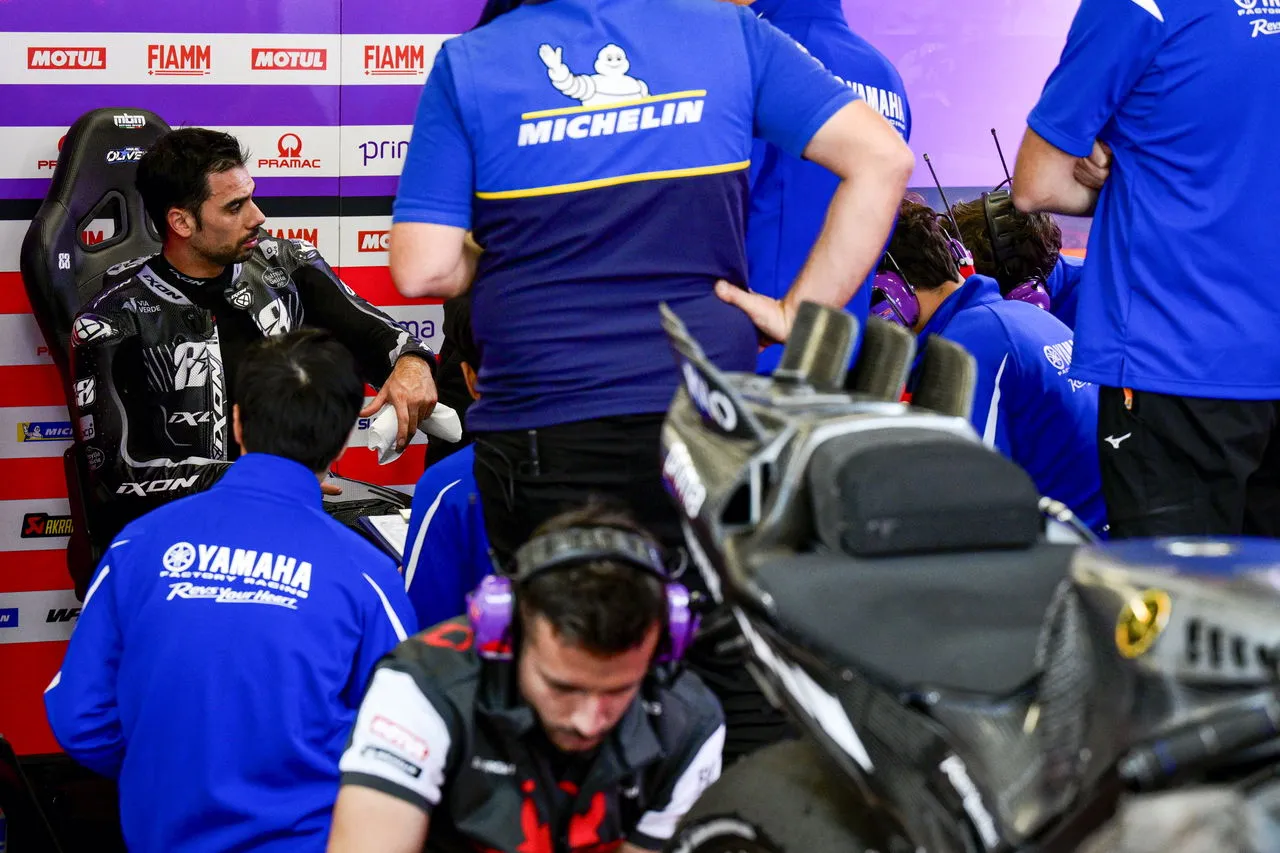
What’s Next: Redemption or Regret in the Second Half of 2025?
As we approach the midway point of the 2025 MotoGP season, Oliveira’s Yamaha experiment sits at a crossroads. He has just a few rounds to prove he’s worth keeping in the development loop—and that his injuries won’t define the remainder of his career.
Potential scenarios include:
-
A surprise top-8 finish at a flowing track like Phillip Island or Motegi, which could shift the narrative and offer hope for 2026.
-
Yamaha opting to bench Oliveira for testing purposes and bring in a younger rider for the last few races.
-
A mutual decision to end the partnership early, giving Oliveira time to explore opportunities in World Superbike or even retirement.
Conclusion: A Risky Partnership on the Brink of Collapse
Injuries, inconsistent bike performance, and a crushing weight of expectations have created a perfect storm for Miguel Oliveira and Yamaha. What once promised a thrilling comeback now looks increasingly like a doomed gamble.
Was the switch to the YZR-M1 a mistake? Perhaps not in theory—but in execution, it’s been marred by timing, fragility, and too much faith in one rider’s resilience.
If Oliveira cannot turn things around before the final quarter of the season, both he and Yamaha may have no choice but to accept that this high-risk partnership simply didn’t work out.



